The scope, benefits and pitfalls of using chat technology for talk therapy
Tech’s not-so-perfect outcomes: Let’s design a brighter tomorrow.
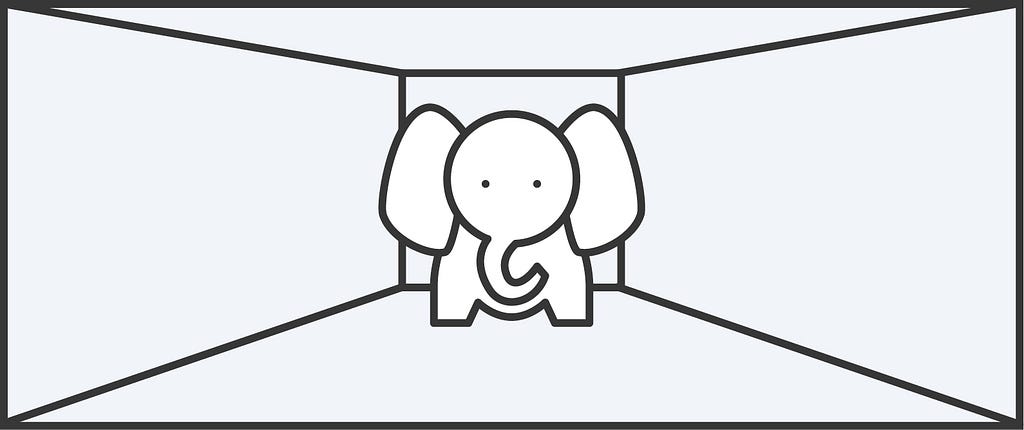
Have you ever asked yourself about the deep-rooted relationships we are designing and have with our smart devices? Lately, I’ve been enquiring into this subject, and from what I have found, I am compelled to establish a conversation about the elephants in the room in the design and tech world.
These elephants are the significant, virtually unspoken consequences of our interactions with digital products, such as Digital Eye Strain, Digital Dementia, and Teck Neck.
In this text, I briefly investigate a fraction of the not-so-perfect outcomes of our current design and tech path and then examine a considered alternative approach. Aiming to spark a discussion regarding what world we are designing and to consider if, as designers, we have the power to design what is genuinely needed, if we need anything at all.
Present trajectory
Based on our present direction, are we attempting to design an almost science fiction-like future in which technology leads our culture?

With tech establishing a business-based society, when targets must be met and staying relevant is continuously presented as compulsory, do we unintentionally fall into a line of monotony, passionlessness, unconscious and unsympathetic design? As chief executive chairman and officer of Microsoft, Satya Nadella wrote in his email to employees in 2014 on his first day as CEO
“Our industry does not respect tradition — it only respects innovation.”
Satya’s perspective of the tech industry is forward-thinking; however, it is missing out on numerous essential societal factors of importance. Furthermore, what is innovation when the results accumulated from tech-related products produce not-so-perfect outcomes?
What problems?
In a world where design and tech are so significant in our daily lives, is it worth contemplating the connections we design and have with it? To quote Alice Rawsthorn, a renowned design critic and writer at Design Indaba.
“bad design is a problem that bedevils all of us and unless we understand it then how on earth can we get to grips with it”
It is well-documented that Business, Tech and Design are closely linked, and it is widely known that nothing is perfect. We should take these points of view and remember that solving a problem is a positive activity. Under these circumstances, we move into this section with an optimistic, businesslike, and informed perspective.
Not-so-perfect connections

- Doomscrolling is when the user scrolls harmful content, which, due to algorithms, “show users similar content, sparking engagement yet often trapping users in a perpetual cycle of outrage and anxiety.” as stated in the Tech Targets definition.
- Digital addiction (DA) or Internet Addiction (IA) “refers to the use of digital devices such as smartphones in a way that is excessive and compulsive.” As stated on the Digital Addiction Research website page of Bournemouth University. BMC Psychiatry study in this field concluded that “IA is significantly associated with alcohol abuse, attention deficit and hyperactivity, depression and anxiety.” and I think it is safe to say DA has the same if not similar ramifications.
- Tech neck or crick in the neck is when the user lowers their head by about 60 degrees to look down at their phone or smart device; this activity adds “approximately 27kg (60lbs) of weight through” their “spine. Now, imagine doing that for several hours every day.” the Guardian give their take on the subject.
- Digital eye strain (DES) or Computer Vision Syndrome (CVS) “is an entity encompassing visual and ocular symptoms arising due to the prolonged use of digital electronic devices. It is characterized by dry eyes, itching, foreign body sensation, watering, blurring of vision, and headache.” National Library of Medicine Comprehensive Review on DES.
- Cyberbullying “is bullying with the use of digital technologies.” stated Unicef, “It is repeated behaviour, aimed at scaring, angering or shaming those who are targeted”, and the effects can be mental, emotional and physical.
The above brief list does not give an in-depth perspective of the issues mentioned; also, the list carries on with overworking (burnout), misinformation, reduced shared consensus with information overload, greater inequality, social distancing (loneliness), data fraud, cybercrime, and environmental impact. Unfortunately, the list doesn’t end here.
The evidence is regrettably stacking up and turning into a large or countless number of elephants.
The real elephant in the room — AI?
As AI-related products become embedded in our work and personal lives, all the hype and investments in these systems surely signify an optimistic route for tech and our associated connections. Or is it too early to understand the true impact on our society?
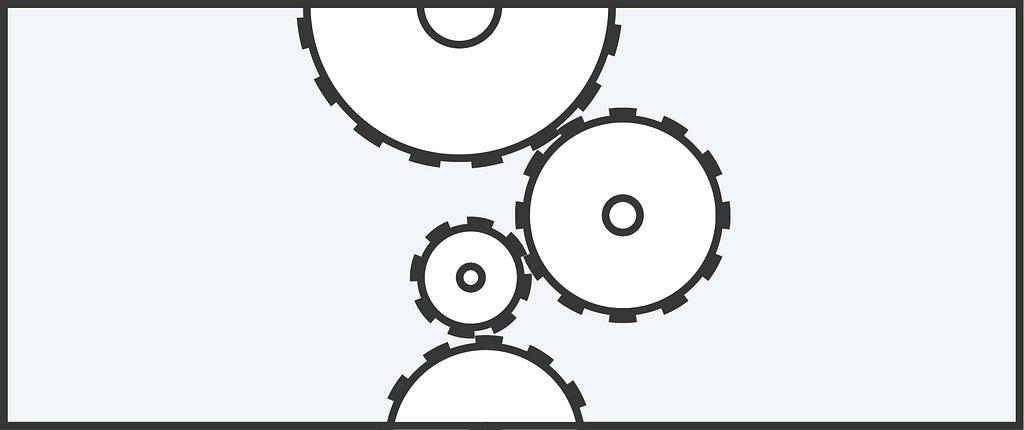
A hypothesis: If these products are owned and/or run by the same people who own and/or run the current round of products with the above-stated not-so-perfect connections, AI products will be business as usual and likely inflate the underlying issues unsolved through the present approach of design and tech.
I want to believe this is false, yet the evidence is becoming clearer.
Larry Burns, a data and BI architect at a Fortune 500 manufacturer, describes AI this way:
“ChatGPT and similar AI bots contribute to fueling our intellectual “race to the bottom” in the pursuit of higher corporate profits, they (and their creators) will be doing an immense disservice to humankind.”
Another perspective on AI is captured in Nick Cave’s The Red Hand Files (also read here by Steven Fry), a collection of responses to his fan letters/questions. Nick Cave wrote:
“ChatGPT is fast-tracking the commodification of the human spirit by mechanising the imagination. It renders our participation in the act of creation as valueless and unnecessary.”
And let us not forget the lawsuit, with possibly more to come, the human cost of construction, the environmental impact and the possible worsening of inequality in response to the introduction of AI in our society.
It seems AI’s reputation is falling in line with its tech predecessors.
The evidence leads me to ask: do we know what a successful design whose benefits outweigh the disadvantages looks like? And are these designs solving problems or creating unseen phenomenons, undiscussed and left for the next generation to face?
Is tech and design solving problems or making them?
Are the designs we are researching, testing, and iterating, finding answers to these life-changing consequences derived from current tech, or are they promoting them?
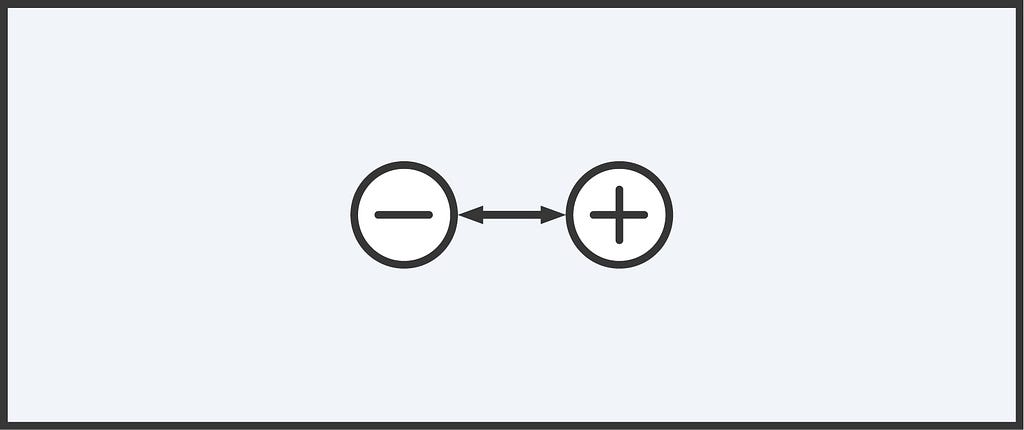
As the tech economy continues what seems to be an unresolved influence, does a designer’s role support its pursuit, or is it a facade? After all, there is a growing sentiment that people consume intentionally, so logically, people will use digital devices intentionally (if they can).
Dennis Hambeukers wrote in his Medium piece titled ‘Design is more than problem-solving’,
“A bad solution to the right problem is more valuable than a good solution to the wrong problem. But a good solution to the right problem wins.”
Consequently, are we finding and solving the correct problems with winning solutions, or are we creating or reinforcing more significant, intricate, deep-rooted problems?
Moreover, as technology progresses at an increasing rate, producing products with wide-reaching connections that significantly impact an expanding number of people and without knowing with certainty the consequences, do we ask ourselves what world we are designing?
Turning a negative into a positive,
Designers are perfectly poised and best suited to address these not-so-perfect connections with our repertoire of skills.

Don Norman said and wrote in his ‘To Create a Better Society: The 2020 MP Ranjan Memorial Lecture’ that.
“Designers, moreover, are in a position to consider the ethical implications of the system, for degradation of the environment, climate change, dangerous side effects, and the privacy, rights, and well-being of the people who interact with the system.”
Alternative direction
Without forgetting the problems mentioned above, let’s examine various alternative design solutions. In contrast to the fast-moving, profit-driven, attention-grabbing, and information-overloading present path, this alternative course aims to create a thoughtful and more meaningful connection with our tech, which may benefit everyone involved.
Digital well-being or digital minimalism
It doesn’t matter what it is called, as these designs are stripped back to what is considered the essentials or intended to solve the problem as best as possible, sometimes without profit being the primary motivation and directed with the user at the core.
Cal Newport is a nonfiction author and associate professor of computer science; he writes about a minimalist lifestyle on his website:
“A simple, carefully curated, minimalist digital life is not a rejection of technology or a reactionary act of skepticism; it is, by contrast, an embrace of the immense value these new tools can offer…if we’re willing to do the hard work of figuring out how to best leverage them on behalf of the things we truly care about.”
Questioning conventional designs and the accompanying technology, rediscovering past inventions and bringing them back with a new meaning and a modern twist, digital creators are enquiring into the meaning of innovation and our connection to the devices we hold closely.
Positive connections

Products
The list below is unfinished, and I encourage you to share other products that promote a positive experience for the user. The main similarity of most of these products is the E Ink screen, which has health benefits for the user’s eyes compared to the standard screens.
- The Light Phone is a simplified mobile phone stripped back to the bare essentials that the user requested and designed for a healthier connection with our mobile phones.
- Freewrite has reintroduced the typewriter with a distraction-free purpose: “Getting your thoughts down first and revising later increases productivity and yields better, more creative work”.
- The reMarkable paper tablet and the Boox range of products simultaneously reduce eye strain and increase productivity with their E Ink screen products.
- Breaking habits and reducing distractions Unpluq’s tag and app allow the option to block and unblock apps on your smartphone.
- To feel time rather than track it. STUND’s watch objective is to help the wearer to be more present through smooth vibrations.
Apps & operating systems
Despite the most obvious actions a user can take to promote a healthier connection with tech, there are apps designed to attempt to create better relationships with our devices.
- Taking the minimalist approach and reducing distractions, the Minimis Launcher operating system is under construction. Alternatively, Niagara and Olauncher are readily available but are less minimalist than Minimis Launcher.
- The Forest app aims to increase the user’s focus by planting digital trees, and, in response, the Forest app team plants trees through an associated charity.
- The Digital Focus app turns digital well-being into a challenge intended to help reduce screen time.
- Qustodio is a parental control and digital well-being app directed at targeting areas such as cyberbullying, online addiction and more.
- News Feed Eradicator assists with reducing distractions by replacing “your entire news feed with an inspiring quote” on your social media.
Techniques
This list consists of five methods to help equip the user to deal with the negative repercussions of current mainstream tech.
- 20 20 20 screen rule is proven to reduce eye stress by “taking a break” from the screen for “at least 20 seconds, every 20 minutes, to look at least 20 feet away”.
- Turning a product’s screen to greyscale helps reduce eye strain and makes the screen less attractive, encouraging the user to spend less time on their product.
- Zuba at Clear Grow Shine has ten reasons and benefits for turning off notifications on your mobile phone/s.
- Practice the Grounding Technique, which holds “the ability to relieve your stress and help you attain good health and well-being.”
- Take a Digital Detox challenge or go on a digital detox retreat to encourage the JOMO and a healthier relationship with tech.
To end this section, The Center for Humane Technology has numerous suggestions to help people Take Control of their tech usage.
In no way am I suggesting the items in these lists are flawless. On the contrary, they demonstrate an alternative direction, created in reaction to the present mainstream digital sphere and possibly in response to aspects of the previously stated not-so-perfect connections.
What does this mean?
It proposes that we are ready and must begin designing unconditionally empathic products that are as meaningful and respectful to the user and as humanely as possible — supported by the entire workplace, if not the world.

Too optimistic? Perhaps. However, a positive outlook is tremendously more powerful than a pessimistic approach to the future. As Principal Karishma Sheth wrote,
“Design is a method of envisioning the future, of which optimism is a foundational part. Designing with optimism is to believe in the potential to create a better future.”
Additionally, the professor of design history Victor Margolin said in an interview that,
“Designers have to be much stronger advocates for what they believe should be designed and they have to work harder to persuade those with capital to invest in their projects.”
With optimism and the drive to design a better future, with some elbow grease and convincing communication, the challenge of creating a fresh approach in a malnutrition area of the tech market is clear. Forging a positive direction to solve the many damaging and established norms of the present trajectory and surpassing the past with life-changing solutions is an honourable and needed goal.
The bottom line
I have learned that the subject of not-so-perfect connections between contemporary design and tech is enormous, and by all means, I have only scratched the surface.
Furthermore, there is no straight line between not-so-perfect and positive design connections, allowing discussion of what is and is not positive.
Nevertheless, we are ready and overdue for a design and tech paradigm shift where we develop profound solutions with truly positive social, economic, and environmental impacts for all. This can be done from conception to completion and beyond to genuinely reinvigorate and energise an alternative, healthier place to live.
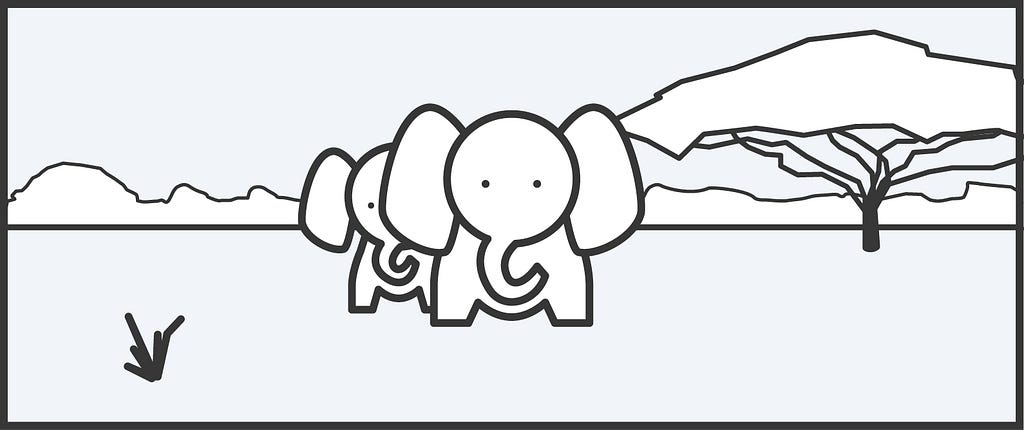
A new way of design
An uncharted design territory awaits us all, and the question is, are you ready to face the truths, venture into the unknown and release those elephants out of the room and into the wild?
What is our design intention? was originally published in UX Collective on Medium, where people are continuing the conversation by highlighting and responding to this story.

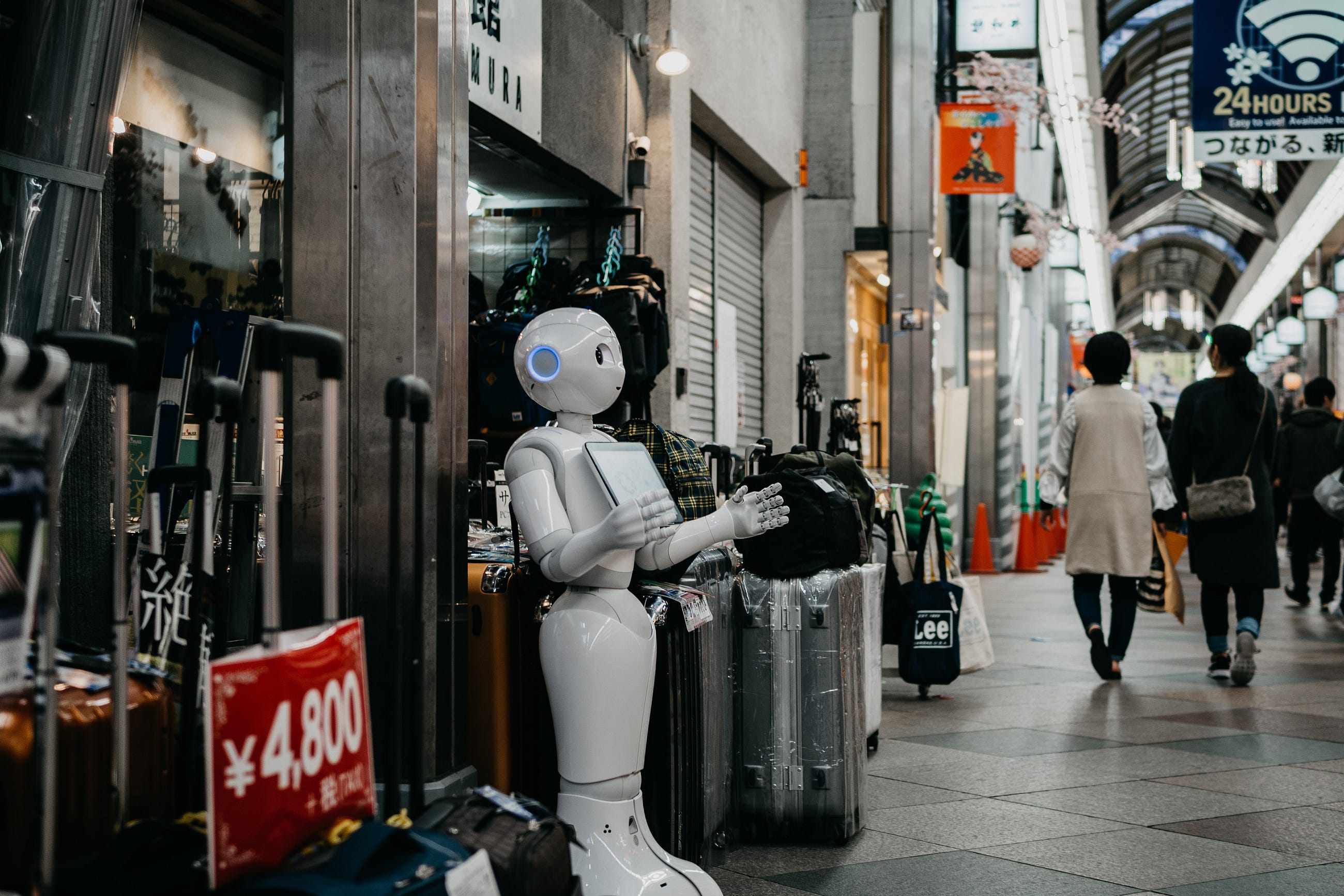
Leave a Reply